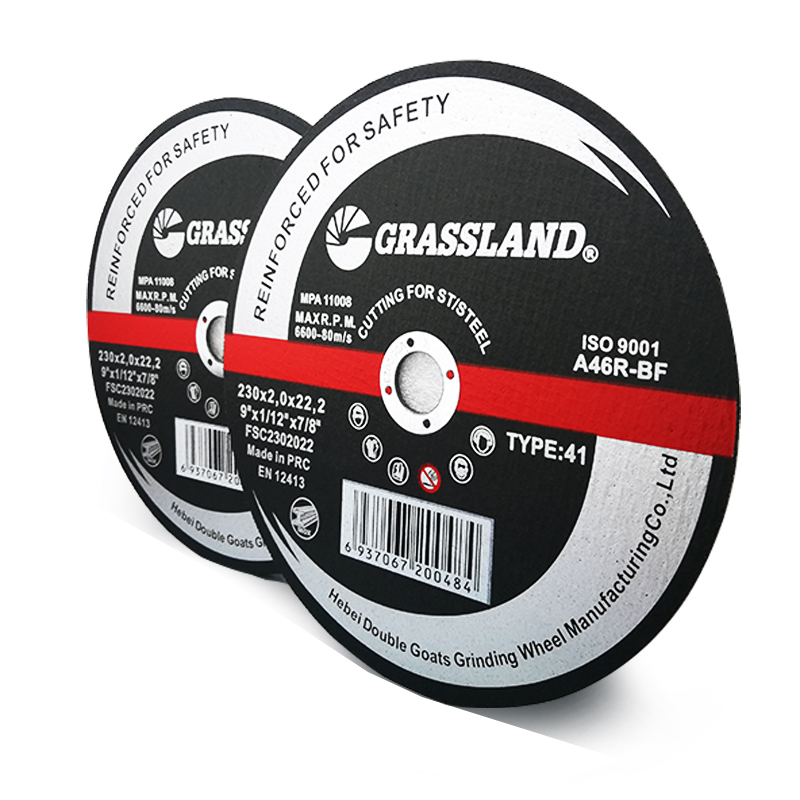The Importance of Metal Grinding Discs for Angle Grinders
Metal grinding discs are essential tools in various industries, especially in metalworking and fabrication. Used primarily with angle grinders, these discs are designed to grind, smooth, and finish metal surfaces efficiently. Understanding their features, applications, and proper usage can significantly enhance your machining process.
What Are Metal Grinding Discs?
Metal grinding discs, also known as grinding wheels, are circular cutting tools made from abrasive materials. They come in different diameters and thicknesses to suit various types of angle grinders and grinding applications. The most common materials used in manufacturing these discs include aluminum oxide and silicon carbide, which are known for their hardness and durability.
Generally, metal grinding discs are designed to tackle different metal types, including steel, stainless steel, and aluminum. Depending on the application, discs can be differentiated based on factors such as grit size, bond hardness, and shape. A higher grit number usually indicates finer abrasives, suitable for polishing or finishing, while a lower grit number is used for heavy material removal.
Applications of Metal Grinding Discs
Metal grinding discs are versatile tools used across various applications, including
1. Surface Preparation Before welding or painting, it’s essential to prepare the metal surface. Grinding discs remove rust, paint, and other contaminants to ensure a smooth and clean surface.
2. Material Removal These discs are ideal for shaping and cutting materials. Whether you're removing excess material from a metal workpiece or grinding down welds, the right grinding disc can make the job considerably easier.
3. Deburring After machining processes, metal parts often have rough edges or burrs. Grinding discs can effectively deburr metal edges, giving them a smooth finish and enhancing both functionality and aesthetic appeal.
metal grinding disc for angle grinder

4. Finishing For final touches on metal pieces, finer grit grinding discs are employed to achieve a polished and refined surface. This step is crucial in manufacturing aesthetically pleasing products in various industries, including automotive and aerospace.
Choosing the Right Metal Grinding Disc
Selecting the appropriate metal grinding disc requires considering several factors
1. Material Compatibility Always match the grinding disc to the material being worked on. For instance, aluminum oxide discs are great for ferrous metals, while silicon carbide discs are better suited for non-ferrous metals.
2. Grit Size Choose the grit size based on the task at hand. Coarser grits (e.g., 36-60 grit) are effective for heavy material removal, while finer grits (e.g., 80-120 grit) are better for finishing work.
3. Disc Thickness The thickness of the disc influences durability and the amount of pressure needed during grinding. Thicker discs are more robust and suitable for heavy-duty tasks, while thinner discs are ideal for precision work.
4. Safety Features Always opt for discs that comply with safety standards. Look for reinforced designs that can withstand high speeds and reduce the risk of breakage.
Conclusion
Metal grinding discs are indispensable accessories for angle grinders, playing a pivotal role in metal fabrication and finishing processes. With the right knowledge and selection, users can significantly enhance productivity and achieve superior results. Whether you are a DIY enthusiast or a professional tradesperson, investing in quality grinding discs will elevate your metalworking projects to new heights. Always remember to prioritize safety, wear appropriate personal protective equipment, and follow manufacturer guidelines for optimal performance and longevity of your grinding tools.
Post time:Dec - 12 - 2024

















